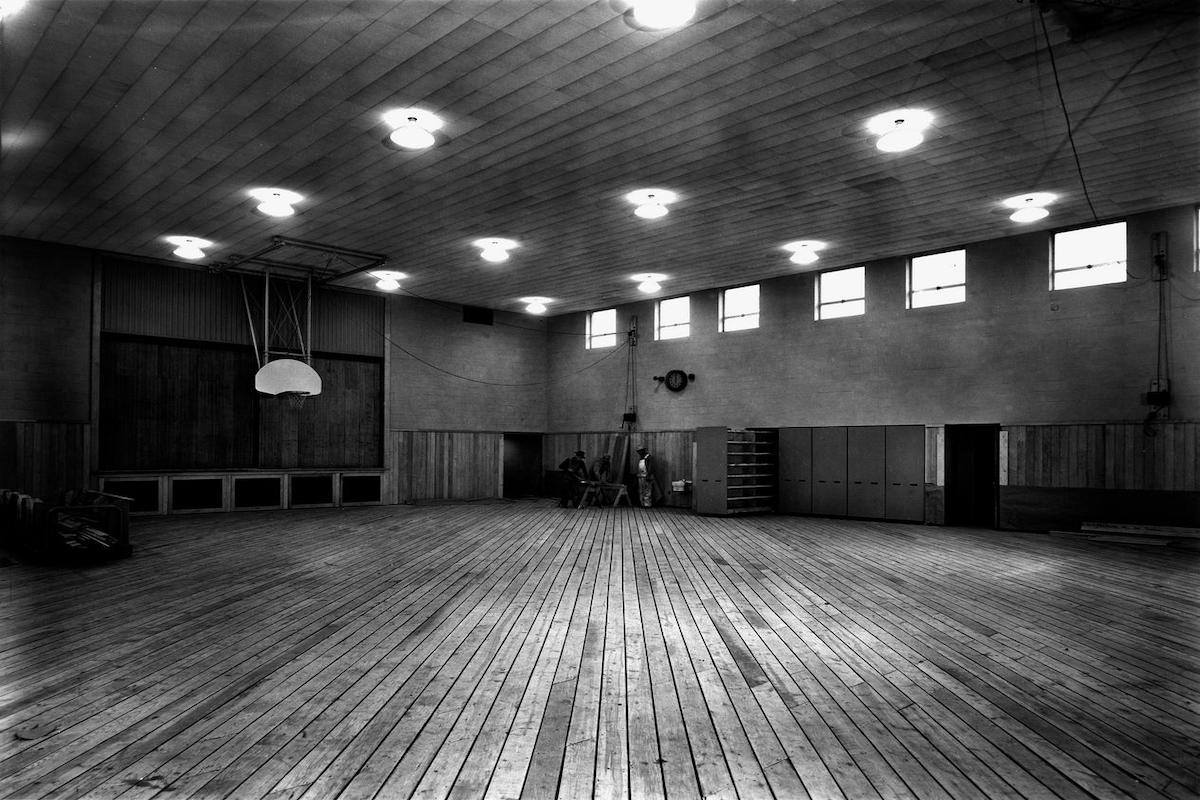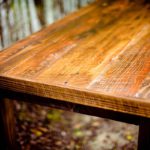
We all have childhood memories of the extremely lacquered gym floors and brightly painted or featured walls. At each entryway, we saw someone standing there, ensuring they didn’t walk on the textured floors with their regular street shoes. It seems flooring has come a long way since then, and so has exercise and fitness. Every interior design of a building mainly depends on what the business aims to serve or their operational objective.
We see the corporates designed in a particular manner and that same design consistently maintained across all businesses, functioning in the related industry. Similarly, the competition that has risen in the fitness industry and availability of gyms in every suburb or city has led to each of their designs being one step more creative than another, whilst ensuring that they remain consistently similar. In this case, the flooring has needed to adapt to the changes so it can meet the overgrowing and competitive needs. What steps would various gyms take to ensure that they can retain their current customer base and attract new demographics of the population? What little details are necessary to attend to, in order to maintain a competitive edge? How important is the interior design of a gym and how does it aid in abiding by the overall business objective? Let’s find out!
The gym floors
Knowing how the floor of the gym will be used will help you to decide on what flooring is the best option to go with. What sort of physical activities and different sports are carried out on the flooring? Once you have an understanding of this, you have to take into consideration the safety, resilience and durability. For gym flooring, the two most popular and good choices are poured urethane surface or wood. Gyms tend to be used as multipurpose spaces that have a variety of sports and activities within them. Various fitness business consultants reiterate on the importance of having an appropriate design for a gym’s interior in order to ensure the comfort of the gym goers and attract more through effective word of mouth.
The wood flooring or wood look tiles is traditional, but it can be expensive. It tends to not always meet today’s needs for versatility. This flooring can be sensitive and lead to serious damaged by water, especially if you have the wrong foot traffic on the floor. These are seldom unavoidable circumstances as one cannot control or instruct people to clean their shoes or remove them before walking on certain platforms or areas around the gym.
There are plenty of overlay options that can protect the floor like rubberized applications which work well. However, these will come at a special price. Synthetic flooring is not as expensive and won’t damage as quickly as the wood. It is suitable for basketball, tennis, jogging, volleyball and plenty more. By completing needs, the assessment will help to determine the best gym flooring for your gym. Take into consideration the upkeep and the service maintenance that can be an added regular expense. Before making decisions know the price, usage, the design, what it can handle first. If you tend to get busy and don’t maintain the upkeep or expenses as much as you should, then wood may not be a good option for you. It can become slick when it is not managed correctly and as often as needed, which can leave players at the risk of injury. They made be an attractive tool to market through images especially through the most effective social media tool, i.e. the Facebook ads for gyms.
However, if these not maintained properly, they serve no purpose and cause a higher risk for injuries. There is no one particular flooring best suited for all gyms. Each gym, depending on what it is used for, will require different flooring to suit the required design. Gyms that have a lot of footwork and physical sports will need a much more durable flooring than those that are just used for the equipment’s. Such flooring requirement mostly have a need for porcelain cladding over the existing floor work for the correct grip and lesser generation of friction which can hamper with the activities carried out by the gym goers and fitness enthusiasts.
Recycled flooring is another option to consider for those fitness businesses going green. It is often made from tires but has minimal colours available. Hence, the option of having the colours matching with the interior wall finishes might become a bit of a challenge. It is quite a low cost for management and durable, being able to handle weight being dropped on them and heavy footwork. Although, this maybe be commonly accepted by most gym designers, this type of flooring is not suited for sports gyms like cricket and tennis. Hence the choice of recycled flooring for a multipurpose court or hall can be questionable.
Do your research and look into all the available options and then start narrowing down the list. Check out flooring stores for some options and take some samples with you to decide over. Consider your business proposition and objective at first, and then align it to what the current market desires. See if your customer base would be in agreement with your choice of creativity and change such that it can bring about a positive response in the anticipated profits of the fitness business. Some businesses tend to change their floor work over time and keep them updated from time to time. Although this may seem like a go-to option for staying updated and trimming down the chances of being obsolete in the market, it comes with an exorbitant proportion of time and efforts. The cost of revamping once every couple of months will be much higher than the probably expensive high-quality flooring at first.
Moreover, you may require closing your gym temporarily for the floor work which will cause a slight dent in your revenue and a chance for your customers to swap centres and into the welcoming hands of your competitors. The flooring of a gym centre is a long-term commitment and should be heavily thought upon.




